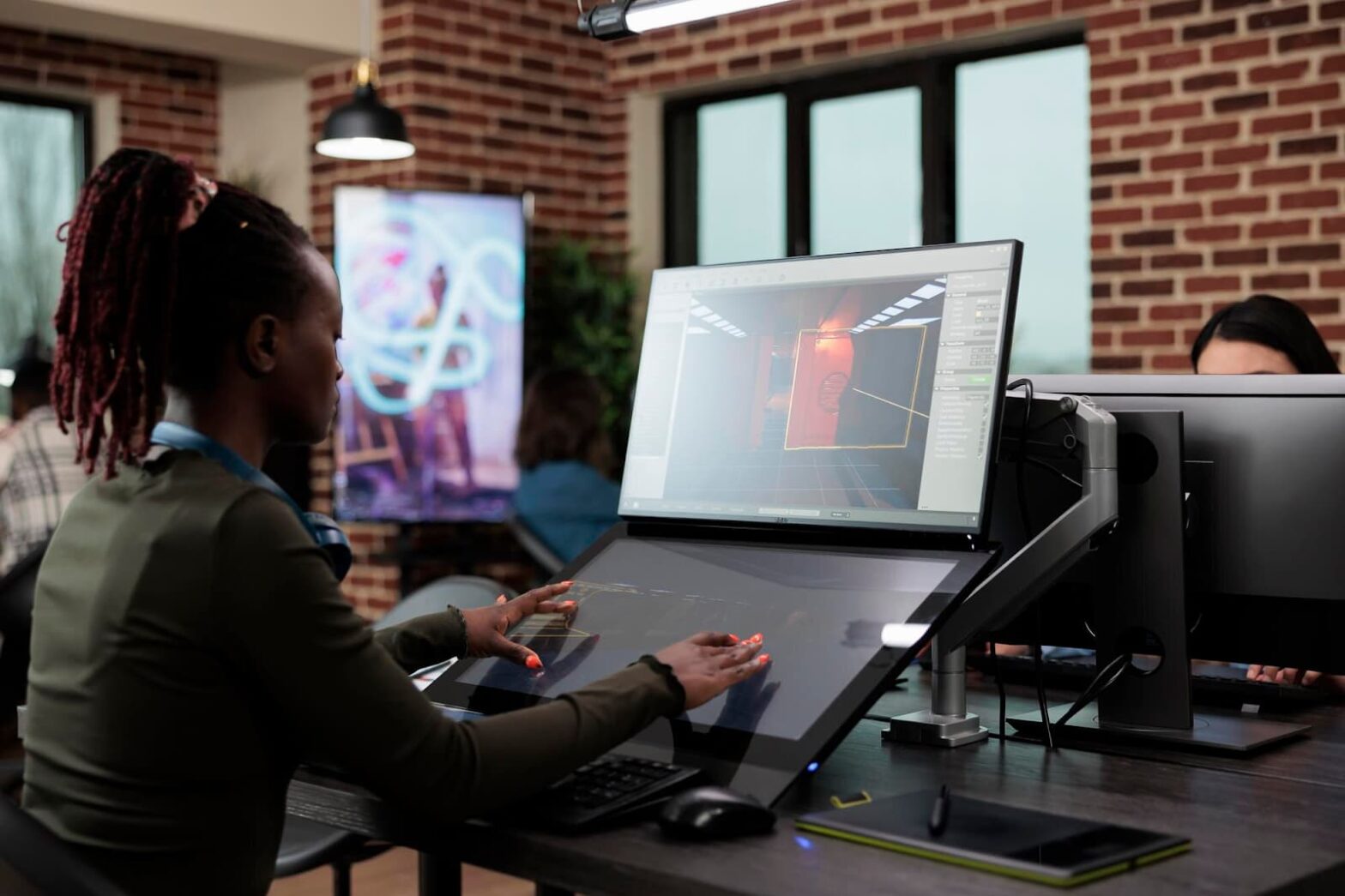Animation is a captivating art form that has evolved significantly over the years, and one of the techniques that has played a crucial role in this evolution is tweening. This article aims to provide a comprehensive understanding of tweening animations, from its definition and characteristics to its historical origins and modern applications. By delving into the various types of tweening animations, exploring their roles in traditional and modern animation, and offering practical tips for perfecting tweening animations, this guide seeks to be an invaluable resource for animators at all levels.
What Are Tweening Animations?
Definition
Tweening, short for “inbetweening,” is a fundamental technique in animation used to create smooth transitions between keyframes by generating intermediate frames. These intermediate frames, or inbetweens, bridge the gap between two keyframes, allowing for the portrayal of fluid movement and seamless animation. Keyframes represent significant moments in an action, while inbetweens serve to connect these keyframes, forming the illusion of continuous motion within a sequence. While keyframes are typically crafted by lead artists, inbetweens are often executed by assistant animators or lesser artists. The primary purpose of tweening is to achieve the appearance of natural and lifelike motion in animated sequences.
Tweening Characteristics
The core characteristic of tweening lies in its ability to facilitate the creation of fluid and cohesive motion in animations. By generating inbetweens, tweening ensures that the transition between keyframes appears seamless, thereby enhancing the overall quality of the animation. Additionally, tweening allows for greater efficiency in the animation process, as it streamlines the generation of intermediate frames, reducing the workload on lead animators and enabling a more streamlined production pipeline.
The Origins Of Tweening
The concept of tweening has a rich historical background, with its roots tracing back to the early days of animation. Initially, the process of creating inbetweens was entirely manual, requiring animators to meticulously draw each intermediate frame by hand. As technology advanced, particularly with the advent of computer-generated imagery (CGI), the tweening process underwent significant transformation, evolving from a labor-intensive manual task to a more automated and efficient digital process.
Types Of Tweening Animations
- Classic Tween: Classic tweening, also known as traditional tweening, refers to the original method of creating inbetweens in animation. In this approach, animators manually draw each intermediate frame to bridge the gap between keyframes. While classic tweening demands meticulous attention to detail and artistic skill, it remains a foundational aspect of animation, serving as the precursor to modern tweening techniques;
- Motion Tweening: Motion tweening represents a more contemporary approach to generating inbetweens, leveraging the capabilities of digital animation software to automate the process. Through motion tweening, animators can define the starting and ending keyframes of an animation, allowing the software to automatically generate the intermediate frames, resulting in a smoother and more efficient workflow.

The Role Of Tweening Animations
In Traditional Animation
In the realm of traditional hand-drawn animation, tweening plays a pivotal role in enhancing the fluidity and coherence of animated sequences. By meticulously crafting inbetweens, animators can bring life and dynamism to their creations, ensuring that movements appear natural and seamless. In traditional animation, where every frame is hand-drawn, the precision and artistry involved in tweening are paramount to the overall quality of the final product.
In Modern Animation
In the context of modern animation, which encompasses a wide array of techniques including 2D and 3D animation, tweening continues to be a cornerstone of the animation process. With the aid of sophisticated software and digital tools, animators can harness the power of motion tweening to expedite the creation of inbetweens, thereby accelerating the production timeline and fostering greater creative exploration.
Tips for Perfecting Tweening Techniques
- Pay Attention to the Motion Arc: When working with tweening, it’s crucial to focus on the motion arc to ensure movements appear realistic and smooth. By carefully designing the path of an object or character’s journey throughout the sequence, you can make sure the motion feels natural and engaging;
- Organize Your Layers: Keeping layers well-organized is key for successful tweening, especially in intricate projects. Proper structuring and labeling of layers help simplify the tweening workflow, allowing for easier manipulation and adjustments of the sequence’s elements;
- Mind the Spacing Between Frames: The spacing between frames is essential for setting the right pace and rhythm. Adjusting the timing and spacing effectively can bring a sense of liveliness and energy, elevating the visual appeal of your work.
Conclusion
Tweening techniques are fundamental in crafting smooth and lifelike motions in sequences. From its origins in traditional hand-drawn techniques to its application in today’s digital realm, tweening remains a critical element in the artistry of motion sequences. By grasping the subtleties of tweening, refining its features, and acknowledging its significance in both classic and contemporary contexts, creators can enhance the caliber and influence of their works, making their imaginative visions come alive with exceptional grace and vitality.



